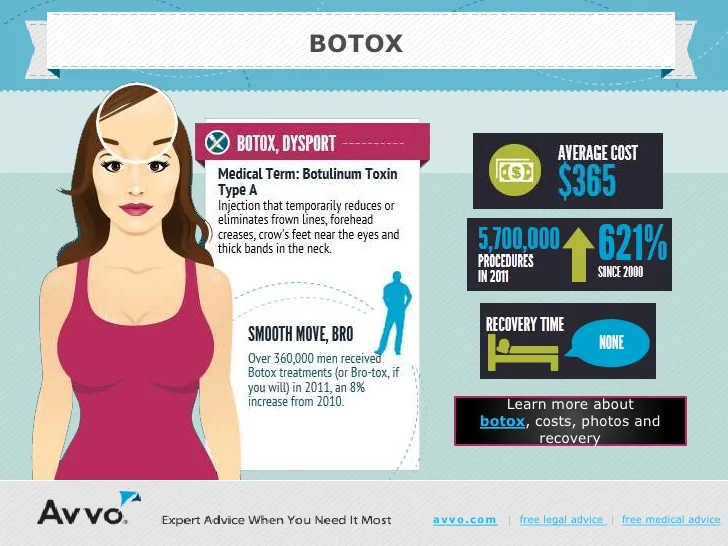Red Light Vs Blue Light For Acne
Red Light Vs Blue Light For Acne
Blog Article
Light Treatment For Adolescent Acne
Eight in 10 teens get acne and the problem can have long lasting ramifications. However prescription treatments like benzoyl peroxide, prescription antibiotics and the birth control pill can have unwanted negative effects.
Light treatment is a safe, effective option. And currently LED light tools are available for home use. They utilize blue and traffic signal to eliminate microorganisms, soothe the skin and help avoid future outbreaks.
Acne-fighting wavelengths
Light treatment for acne is a drug-free, noninvasive therapy that has actually been medically proven to control acne without prescription medicines or extreme chemicals. It additionally helps in reducing imperfections and minimize scarring.
The light in the blue wavelengths attacks the acne causing bacteria, Propionibacterium acnes, that live deep in the skin. This kills the microorganisms and minimizes the amount of oil that is produced, aiding to get rid of acne breakouts. Blue light has actually been revealed to be efficient alone or in combination with photosensitizing representatives like aminolevulinic acid (ALA) hydrochloride, which reduces both oil gland size and acne microorganisms matter.
In some research studies, LED treatments have actually been shown to improve 76-90% of light to moderate inflammatory acne lesions (papular, pustular & cystic). The red & near infrared light promotes healing and aids remodel early & moderate acne marks. In addition, it enhances the look of red macules and uneven pigmentation connected with inflammatory acne. This acne light therapy is safe for all ages and skin kinds.
Traffic signal
Traffic signal therapy provides wavelengths of all-natural sunshine-- minus the skin-damaging UV rays-- to the skin. This light stimulates collagen production, minimizes great lines and creases, and boosts flow to the skin's surface area. This aids advertise healing of blemishes, particularly those brought on by acne scarring. It additionally balances sebum production to avoid oil build-up.
Kibildis states light treatment can be made use of four to seven times a week for 20 minutes. It is very important to adhere to the guidelines for your specific device. She adds that a well-kept skin care regimen, consisting of mild cleaning and moistening with a noncomedogenic cream, iv therapy will help maintain the results of your light treatment.
Chapas notes that blue and red light treatments deal with inflammatory acne, which is the kind connected with irritated pustules and cysts. It does not aid with hormone or comedonal (clogged-pore) acne. On top of that, it's not advised for those with a clinical problem that makes them conscious light or those taking drugs that can create light level of sensitivity.
Blue light
Acne creates when oil, dust, and dead skin cells obstruct pores. Microorganisms called Propionibacterium acnes after that expand in those clogged up pores and create them to swell. These swellings are referred to as pimples. Light treatment has actually been shown to kill microorganisms and improve acnes.
It has additionally been discovered to shrink oil glands and reduce the quantity of pore-clogging oil your body creates. Both red and blue light treatments have actually been shown to be effective for light to modest acne.
Before therapy, you might be given medication that makes your skin a lot more sensitive to the light This medication is called a photosensitizer and it's utilized with a type of light treatment referred to as photodynamic therapy (PDT). PDT has actually been shown to be more reliable than light alone for the treatment of acne. It can also remove severe instances of acne. Nevertheless, you'll need a great deal of treatment sessions to see outcomes. Likewise, you'll require to prevent retinols and other items that thin your skin prior to and after treatment.
Thumbs-up.
If you're experiencing the less-common kinds of acne-- like blackheads and whiteheads, or enlarged pores or dilated blood vessels-- green light might help. It targets and damages germs that can trigger swelling, and it likewise soothes skin to stop future breakouts.
There are LED lights you can buy at home that use either red or blue wavelengths, although they're frequently much less powerful than what you would certainly get at a medical professional's office. Yet a few years earlier, a company that started in the red-light space (PlatinumLED) stunned everyone when they introduced they 'd be including blue-light options to their gadgets. That means you can do a light-facial combination at home. It's an excellent option for any individual who wishes to attempt light therapy, yet doesn't wish to devote to the higher prices and longer treatment times of an expert session.